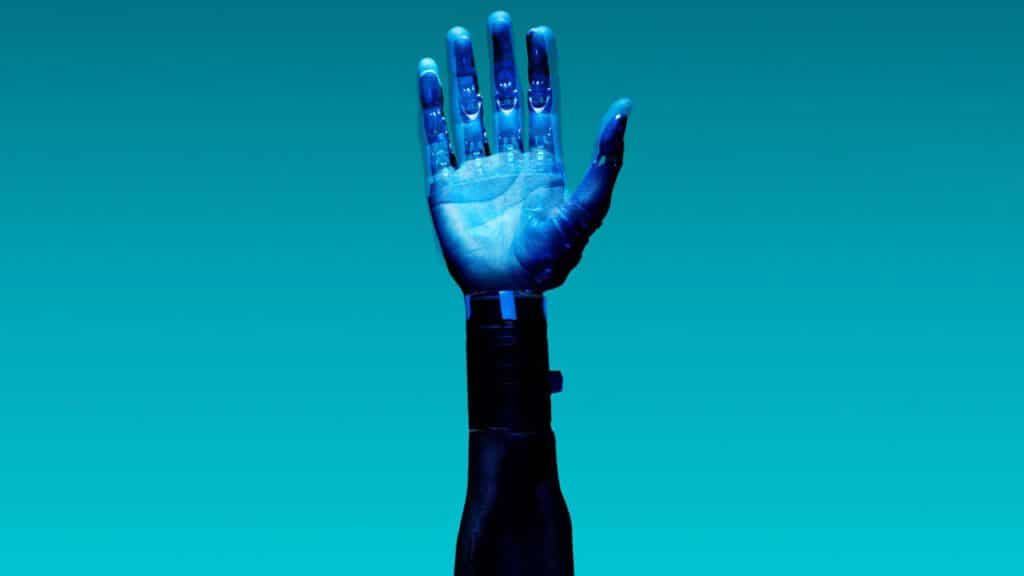People are living longer, but that can create problems. It means more degenerative conditions, the ones that slowly wear away at your body until your quality of life disappears. Biotech is one way that older people may be able to maintain independence for longer, perhaps through robotic wearables.
Amyotrophic lateral sclerosis (ALS), sometimes known as Lou Gehrig’s disease after one of its most famous sufferers, is a particularly nasty degenerative condition. Within a few years, you can lose all ability to control your muscles. It may start with arms and legs, but as it progresses, you may become unable to speak or even swallow. By the time you can no longer breathe unaided, it’s generally fatal.
Scientists in Massachusetts have been trying to make life a little easier for people with ALS and similar conditions (https://longevity.technology/lifestyle/a-soft-robotic-wearable-restores-arm-function-to-people-with-als/). Specifically, they are in the process of developing a battery-powered robotic arm that may be able to support movement in the shoulder and upper limbs for people who are losing their mobility.
This robotic arm won’t be some rigid, metallic thing. It’s made of soft fabric, like an extra layer of clothing. Unlike a regular shirt, however, it has an actuator under its armpit. This is a bit like a balloon, pressurized and inflatable to help your limb fight the pull of gravity. Special sensors are used to calculate your strength and mobility, using residual movements of the arm to make robot-assisted movements as natural as possible.
The fact that the arm is soft fabric means it’s unlikely to cause damage to users. It should feel just like an article of clothing. It’s also pretty easy to use, with participants in the most recent round of tests taking only about 15 minutes to master it. The long-term prospects are exciting for people with muscular dystrophy or spinal cord injuries as well as those with ALS or other motor neuron diseases, but it’s still in the very early stages of development. Commercialization is years away.
There are also limitations to the device. It only works for people who still have residual movement in their arms and shoulders, which is generally an early stage of ALS. ALS progresses so quickly that this stage doesn’t last long. There’s a hope that one day robotic arms can be adapted to respond to brain signals, even in someone who has lost all mobility.




